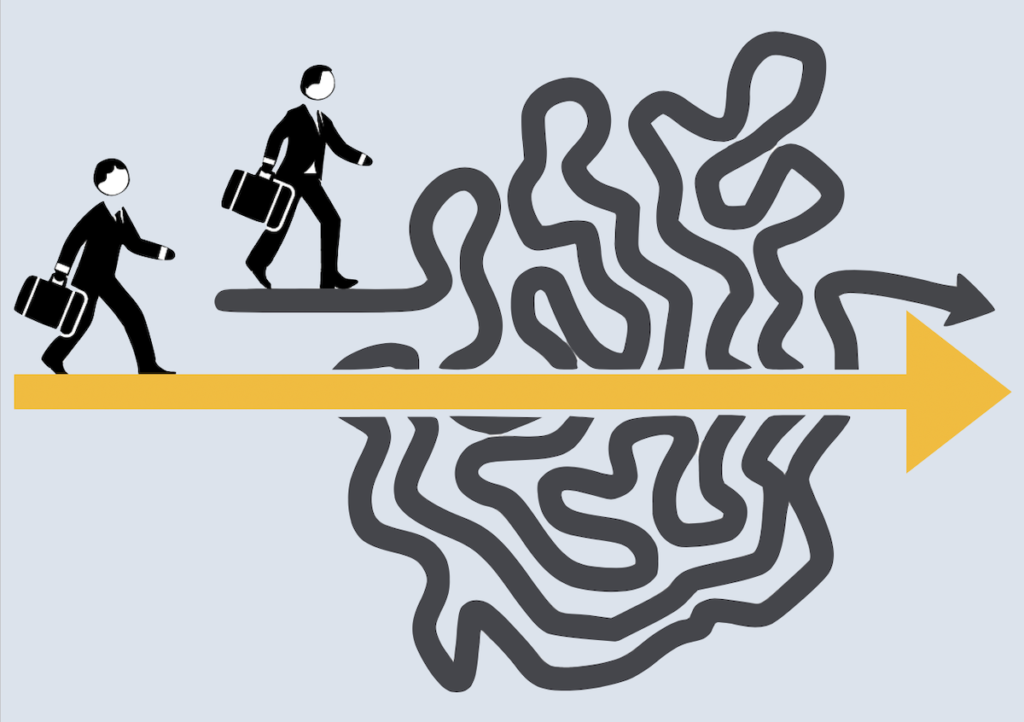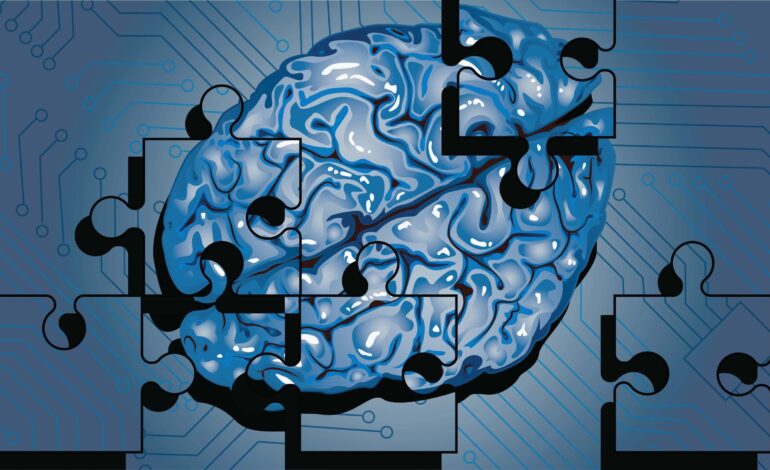
It’s no secret that how we make decisions impacts our lives. From relationships to work, making the right choices can help us succeed and make our lives happier. But sometimes, we make bad decisions because of biases that can cloud our judgment – and these biases can be hard to spot.
The psychology of decision-making is a fascinating field that examines how individuals make choices and the various biases that can influence their decision-making process. Understanding these processes is crucial because our decisions shape our lives, work, relationships, and overall well-being.
Here are some key concepts related to the psychology of decision-making:
Dual Process Theory
The dual process theory posits that there are two primary modes of thinking that influence decision-making: System 1 and System 2. System 1 thinking is fast, intuitive, and automatic, while System 2 thinking is slower, deliberate, and requires more effort. Our decisions often involve a combination of these two systems.

We use System 1 thinking all the time—when we’re driving on autopilot, for example. It’s how we decide what to eat for dinner or what movie to watch when we have no idea what else is on Netflix. We also rely on System 1 thinking when we have limited time or resources to make a decision—like when we’re shopping at the grocery store and trying to decide which cereal box to buy before our kids start demanding breakfast.
System 2 thinking tends to come into play when we have more time or resources available for making a decision where there are more options available. For example, if you’re trying to decide between five different cereals at the grocery store (where there are many more options than just one), it might take some extra time and effort on your part to choose one over another because you need more information about each option before deciding which one will best meet your needs!
Heuristics
Heuristics are mental shortcuts or rules of thumb that help us make decisions more quickly. They’re great because they help us to manage the massive amounts of information we have to handle. But, while heuristics can be efficient, they can also lead to biases and errors in judgment.
For example, let’s say you’re thinking about buying a new car. You’ve been looking at a few different models and you’re trying to decide which one is best for you. In this situation, you might use a heuristic called “availability” – basically, the idea that something seems like it’s going to work well if it’s what comes most easily to mind when you think about it. So, even though there may be other cars out there that would be better for you overall (like an electric car), if none of those come immediately to mind when you think about buying a car, then the ones that do seem like good choices – even though they really aren’t!
Biases
Cognitive biases are systematic patterns of deviation from rationality or logical reasoning that can affect decision-making. Some common biases include confirmation bias (favoring information that confirms preexisting beliefs), availability bias (relying on readily available information), and anchoring bias (being influenced by the first piece of information encountered).
Cognitive biases are ways in which we process information that can lead us to make irrational decisions. For example, you may have heard about the availability heuristic, which causes us to overestimate the likelihood of an event if it is easy to imagine or visualize. For example, if you’ve seen an image of a shark attack on TV or in a movie, you might think it’s more likely than it really is to happen to you because you’ve seen it so many times before.
Sunk Cost Fallacy
The sunk cost fallacy is a specific kind of cognitive bias that occurs when people make decisions based on the cumulative investment they have already made, rather than objectively evaluating the future prospects of the decision.
In other words, you continue investing resources (time, money, effort) into a decision because you’ve already invested so much time/money/effort that it seems like a waste to stop now. The problem with this approach is that it can lead to bad decisions because it ignores information about future outcomes: for example, if you invest $10 in a stock and then lose $9 on the stock, the fact remains that your investment was worth $1 from the start.
The best way to avoid this bias is by thinking about whether or not you would take this same decision again if your past experience didn’t exist—that way, you can see if your original decision still makes sense now that it’s clear what its outcome was.
Social Influence

We all know that our decisions are influenced by those around us. Social pressure, conformity, and the desire to fit in can sway our choices.
We see this every day—when people take a particular path because they don’t want to be seen as different or weird. But what happens when we make decisions based on what others think? The decisions of others can impact our own decision-making, and we need to be aware of this when making choices. Social pressure, conformity, and the desire to fit in can sway our choices in many ways. For example, if you’re considering buying a new television for your living room but you see your friend using hers, you might be tempted to follow suit—even if that TV isn’t the best choice for your needs.
You may also be influenced by how others are reacting to their purchases. If you see your friends talking about how great their new shoes are, you might go out and buy some for yourself as well!
Social influence isn’t always negative though—it can also help us make better decisions. If you know that all of your friends are big fans of organic food and they’ve had success eating this way themselves, then it’s likely that they’ll be able to give you advice on where to find good organic produce locally or online at a reasonable price point!
Overcoming Biases
Understanding cognitive biases is essential for mitigating their effects. Strategies like slowing down the decision-making process, seeking diverse perspectives, and considering alternative viewpoints can help reduce bias and enhance the quality of decisions.
Biases are everywhere. They’re part of human nature, which means they’re difficult to eliminate. But by understanding how you’re susceptible to them, you can mitigate their effects by slowing down your decision-making process, seeking diverse perspectives on a problem, and considering alternative viewpoints.
In the end, decision-making is a complex and multifaceted process, influenced by individual psychology, external factors, and the context in which choices are made. By being aware of common biases and employing techniques to make more rational decisions, individuals can improve the outcomes of their choices and navigate the complexities of modern life more effectively.
RUCHI RATHOR Founder & CEO
Payomatix Technologies Pvt. Ltd.
FOUNDER AND INVESTOR | PAYMENTS PROCESSING EXPERT | MERCHANT ACCOUNT SOLUTIONS | WHITE LABELLED PAYMENT GATEWAY | Dreamer, Creator, Achiever, Constantly Evolving
Website Ruchi Rathor: https://ruchirathor.com
Website Healing Heart https://thehealingheart.me/
Instagram https://www.instagram.com/ruchirathor/
LinkedIn https://www.linkedin.com/in/ruchirathor12/
Facebook https://www.facebook.com/ruchi.rathor.magnificient
Tumblr https://www.tumblr.com/blog/ruchirathor-thehealingheart
Medium https://medium.com/@ruchirathor_23436









